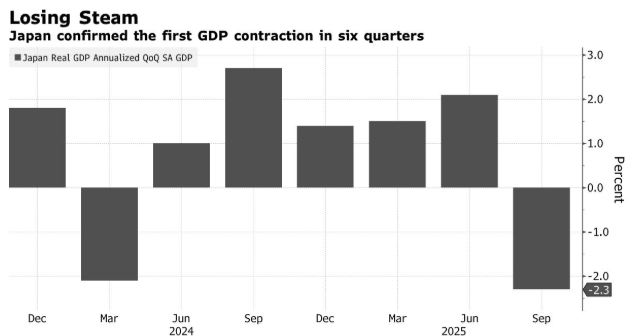As large technology companies increasingly recognize the strategic importance of chip technology, Xiaomi plans to invest at least 50 billion yuan (6.9 billion US dollars) in the next decade to develop its own mobile processors, in an effort to enhance its semiconductor influence.
Xiaomi co-founder and billionaire Lei Jun wrote on China’s Weibo on Monday: “Chips are the peak we must climb and the tough battle we cannot avoid when we become a great hard-tech company.” In another post, Lei Jun added that the Chinese company will release its first self-designed processor, Xring O1, on May 22.
According to Lei Jun, the Beijing-based smartphone and electric vehicle manufacturer decided in 2021 to implement a ten-year plan to develop the Xring mobile chip.
This processor may help Xiaomi enhance its self-sufficiency and stand out in the Android market dominated by Qualcomm customers. According to informed sources, the self-designed chip is expected to enter mass production in 2025. Due to the involvement of private company plans, the sources declined to be named.
Xiaomi’s 2025 goal highlights its aspiration to join the ranks of an increasing number of tech giants investing in semiconductors, an area that is a key focus for Beijing in its broader technology competition with the United States. Chinese officials have repeatedly called on domestic enterprises to reduce their reliance on overseas technology as much as possible, and Xiaomi’s move is likely to contribute to achieving this goal.
Lei Jun added that Xiaomi has invested over 13.5 billion yuan in the past four years and plans to invest 6 billion yuan in research and development this year. Lei Jun wrote that Xiaomi’s current semiconductor team has more than 2,500 people.
Lei Jun said that the Xring O1 is manufactured using the second-generation 3-nanometer process, but he did not disclose which foundry Xiaomi relies on for production. The adoption of the 3-nanometer process does not include China’s leading foundry, Semiconductor Manufacturing International Corporation (SMIC), which is still stuck at the more mature 7-nanometer process due to US export controls.
So far, Xiaomi has relied on mobile processors from Qualcomm and MediaTek, but now the Chinese company seems to be following the lead of one of its biggest rivals in China, Apple.
Apple designs its own chips and synchronizes them with its software to create a complementary system. The American company has recently extended this model to its Mac computers to optimize the efficiency of its devices.
The new 3nm processor may give Xiaomi an edge over Huawei Technologies Co., Ltd. in the domestic market, as Huawei is unable to obtain mobile chips more advanced than 7nm due to the difficulties faced by its production partner, Semiconductor Manufacturing International Corporation (SMIC).


